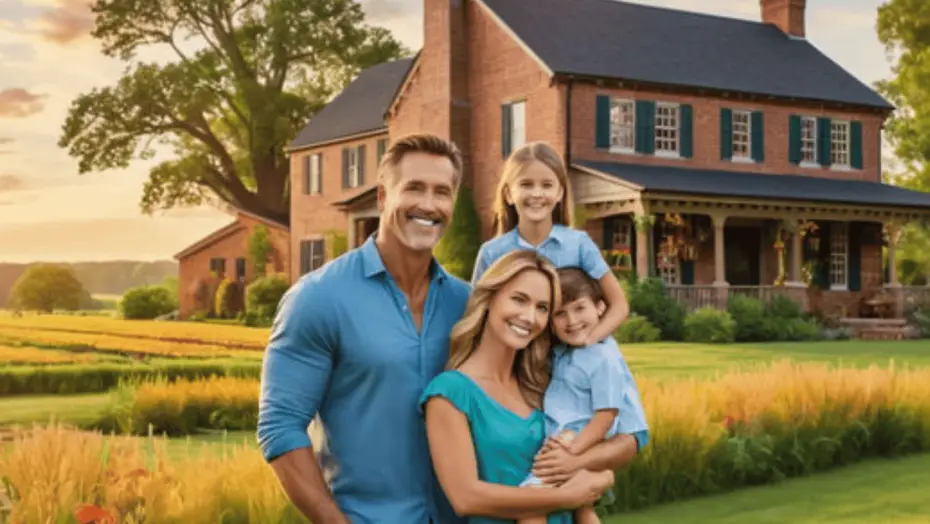Resilient infrastructure is the backbone of any thriving society, particularly in the face of unpredictable weather events and natural disasters. As climate change exacerbates the frequency and intensity of storms, floods, and other adverse conditions, the need for robust infrastructure has become more apparent than ever. Preparing for these “rainy days” requires a thoughtful blend of financial strategy and proactive planning to ensure that communities, businesses, and governments can withstand and recover from disruptions. This article explores key financial strategies to invest in and maintain resilient infrastructure that safeguards lives and livelihoods.
Understanding the Importance of Resilient Infrastructure
Resilient infrastructure is designed to endure shocks and stresses while maintaining critical functions. Roads, bridges, energy grids, water systems, and communication networks are essential components that keep societies running smoothly. When these systems fail due to extreme weather, the economic and social consequences can be devastating. For instance, damaged infrastructure can disrupt supply chains, displace communities, and lead to substantial repair costs. Investing in resilient infrastructure upfront minimizes these risks, ultimately saving money in the long run and ensuring stability in the face of uncertainty.
Allocating Budget for Long-Term Resilience
One of the most effective ways to build resilient infrastructure is to allocate a dedicated budget for long-term planning and maintenance. Governments and organizations must prioritize resilience in their financial frameworks by setting aside funds for infrastructure upgrades and repairs. This approach involves assessing current vulnerabilities and identifying areas that require reinforcement. For example, flood-prone regions may need elevated roads or improved drainage systems, while areas susceptible to high winds might invest in wind-resistant building materials. Allocating resources strategically ensures that investments target the most critical vulnerabilities, providing maximum impact for the funds spent.
Leveraging Public-Private Partnerships
Public-private partnerships (PPPs) are a valuable tool for financing resilient infrastructure projects. These collaborations combine the strengths of public entities and private investors to fund, build, and maintain infrastructure that meets the needs of both parties. For example, private companies may provide advanced technologies or specialized expertise, while public agencies ensure projects align with community priorities. By sharing costs and risks, PPPs make it feasible to undertake large-scale infrastructure initiatives that might otherwise be unaffordable. Governments can incentivize private sector participation through tax breaks, grants, or streamlined approval processes, encouraging collaboration that benefits all stakeholders.
Exploring Innovative Financing Mechanisms
Traditional funding methods may not always suffice for large-scale infrastructure projects, making it essential to explore innovative financing mechanisms. Green bonds, resilience bonds, and catastrophe bonds are examples of financial instruments that align with sustainable development goals while addressing specific risks. Green bonds fund environmentally friendly projects, such as renewable energy or flood-resistant infrastructure, while resilience bonds reward communities for implementing proactive measures that reduce disaster-related costs. Similarly, catastrophe bonds transfer the financial risk of disasters to investors, providing a safety net for governments and businesses. These tools offer flexibility and sustainability, allowing communities to secure funding for critical infrastructure improvements.
Prioritizing Preventative Maintenance
Preventative maintenance is a cost-effective strategy for ensuring the longevity and reliability of infrastructure. Regular inspections, timely repairs, and upgrades can prevent minor issues from escalating into major failures. For instance, maintaining drainage systems and clearing debris can significantly reduce the risk of urban flooding during heavy rains. Similarly, reinforcing bridges and roads in vulnerable areas can prevent costly damage during storms. While maintenance may seem like an additional expense, it often saves money in the long run by reducing the need for emergency repairs or complete replacements.
Incorporating Climate Risk Assessments
To invest wisely in resilient infrastructure, it is crucial to incorporate climate risk assessments into the planning process. These assessments evaluate the potential impact of climate-related events on infrastructure and identify areas of vulnerability. By understanding risks such as rising sea levels, increased rainfall, or stronger storms, planners can design infrastructure that withstands future challenges. For example, incorporating higher elevation standards for buildings in flood zones or using heat-resistant materials in areas prone to extreme temperatures ensures long-term resilience. Climate risk assessments guide investments, ensuring resources are allocated effectively and minimizing future liabilities.
Encouraging Community Engagement
Building resilient infrastructure requires the active involvement of the communities it serves. Engaging residents, local businesses, and other stakeholders in the planning process ensures that projects address real-world needs and priorities. For example, community input can reveal overlooked vulnerabilities, such as areas with inadequate drainage or underserved neighborhoods requiring improved public transport. Involving the public also fosters a sense of ownership and accountability, encouraging individuals to support and maintain infrastructure investments. Outreach campaigns, public consultations, and participatory budgeting are effective ways to involve communities and build consensus for resilience initiatives.
Emphasizing the Role of Technology
Technological innovation plays a pivotal role in advancing resilient infrastructure. Smart technologies, such as IoT sensors, drones, and predictive analytics, enable real-time monitoring and early detection of potential issues. For instance, sensors can detect structural weaknesses in bridges or track water levels in flood-prone areas, allowing for timely interventions. Advanced materials, such as self-healing concrete or weather-resistant coatings, enhance the durability of infrastructure. Investing in technology not only improves resilience but also optimizes resource allocation, ensuring infrastructure remains functional and cost-efficient over time.
Strengthening Emergency Response Systems
While resilient infrastructure focuses on prevention, it is equally important to strengthen emergency response systems to mitigate the impact of disasters. Quick and efficient responses can save lives, reduce damage, and accelerate recovery efforts. Financial investments in emergency response capabilities, such as early warning systems, evacuation plans, and disaster relief resources, complement infrastructure resilience strategies. For example, automated alerts and mobile apps can inform residents of impending dangers, while pre-positioned supplies ensure timely assistance during crises. Combining proactive infrastructure investments with robust emergency response systems creates a comprehensive approach to disaster preparedness.
Measuring Return on Investment
Investing in resilient infrastructure requires a clear understanding of the return on investment (ROI). While upfront costs may be significant, the long-term benefits often outweigh these expenses. Reduced repair costs, minimized economic disruptions, and enhanced public safety are tangible outcomes of resilience investments. Decision-makers can use cost-benefit analyses to compare different projects and prioritize those with the highest ROI. Additionally, measuring the social and environmental benefits of resilient infrastructure, such as improved quality of life or reduced greenhouse gas emissions, provides a holistic view of its value.
Conclusion
Resilient infrastructure is not just an investment in physical assets but a commitment to the safety, prosperity, and sustainability of communities. By allocating budgets wisely, leveraging innovative financing tools, and prioritizing preventative maintenance, governments and businesses can build infrastructure that withstands the challenges of a changing climate. Incorporating technology, engaging communities, and strengthening emergency response systems further enhance resilience, ensuring that societies remain functional and adaptable in the face of adversity. With strategic financial planning and a proactive approach, investing in resilient infrastructure becomes a powerful tool for rainy day preparedness, safeguarding both current and future generations.




